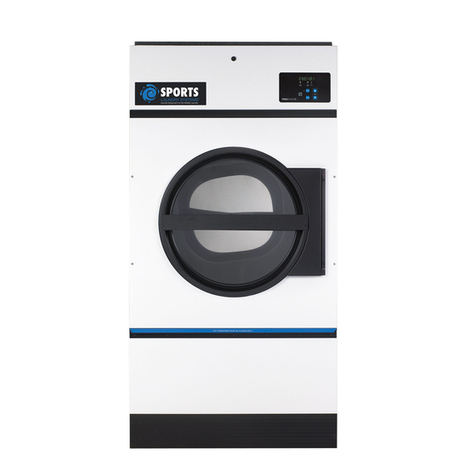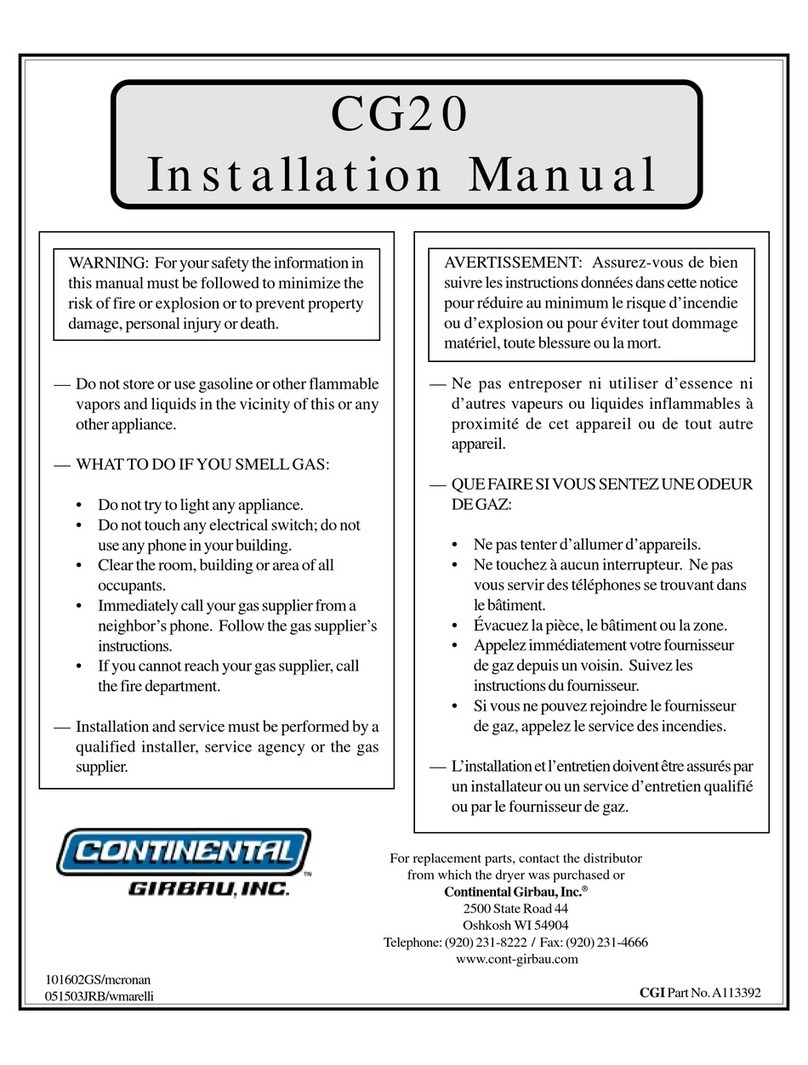Continental Girbau CG145-55 User manual
Other Continental Girbau Dryer manuals

Continental Girbau
Continental Girbau CG115-25 User manual

Continental Girbau
Continental Girbau L36USS36G User manual

Continental Girbau
Continental Girbau CG75-85 User manual

Continental Girbau
Continental Girbau CG75-85 User manual

Continental Girbau
Continental Girbau CG20 User manual

Continental Girbau
Continental Girbau CG50-60 User manual

Continental Girbau
Continental Girbau CG30-40 User manual

Continental Girbau
Continental Girbau CG115-25 III User manual

Continental Girbau
Continental Girbau DL2X30CG Series User manual

Continental Girbau
Continental Girbau L28STK30G User manual
Popular Dryer manuals by other brands

ffuuss
ffuuss eos user manual

KitchenAid
KitchenAid 53-3498 installation instructions

Schulthess
Schulthess Spirit topLine TW 8340 operating instructions

Whirlpool
Whirlpool LGR4624BW0 parts list

World Dryer
World Dryer AirMax D M5-972A manual

Alliance Laundry Systems
Alliance Laundry Systems ADEE9BSS user guide





















